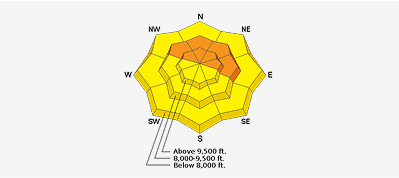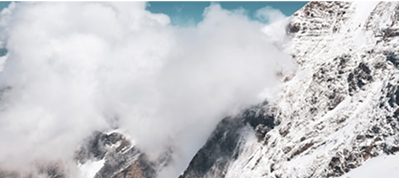Wet Slabs at mid to lower elevations appear to be a possibility with the sustained periods of lack of overnight refreezes that we have been experiencing. Overnight from Tuesday to Wednesday was the only night it actually got below 32 and it barely did this. Wednesday night and Thursdays chance of hitting 50 degrees at 9000 feet appear to be substantial, and possibly enough to bring on this problem on Thursday. In the isolated mid elevation areas that were still housing Persistent Weak Layers these warm temperatures may reactivate these layers. Additionally, the possibility of any sustained periods of rain may worsen this situation. Perk tubes and drainage channels are already in place in many areas in the mid to lower elevations.
Along with this continual Loose Snow Wet Avalanches will be possible on shady aspects that received new snow on Tuesday.
Wednesday appeared to see the avalanche conditions settle out significantly from Tuesday and in most areas it was Moderate. All the possibilities cited above appear to indicate a rising Danger for Thursday and Considerable appears likely.






